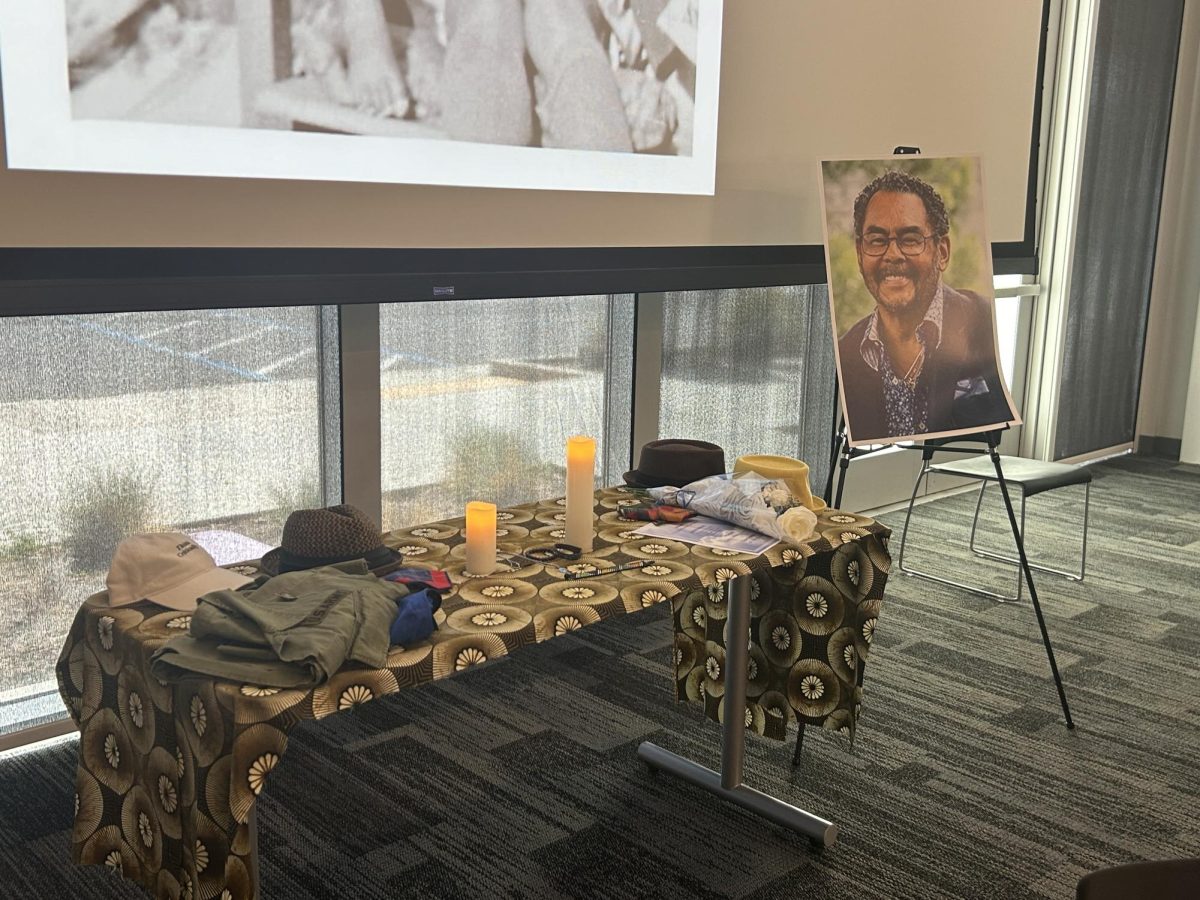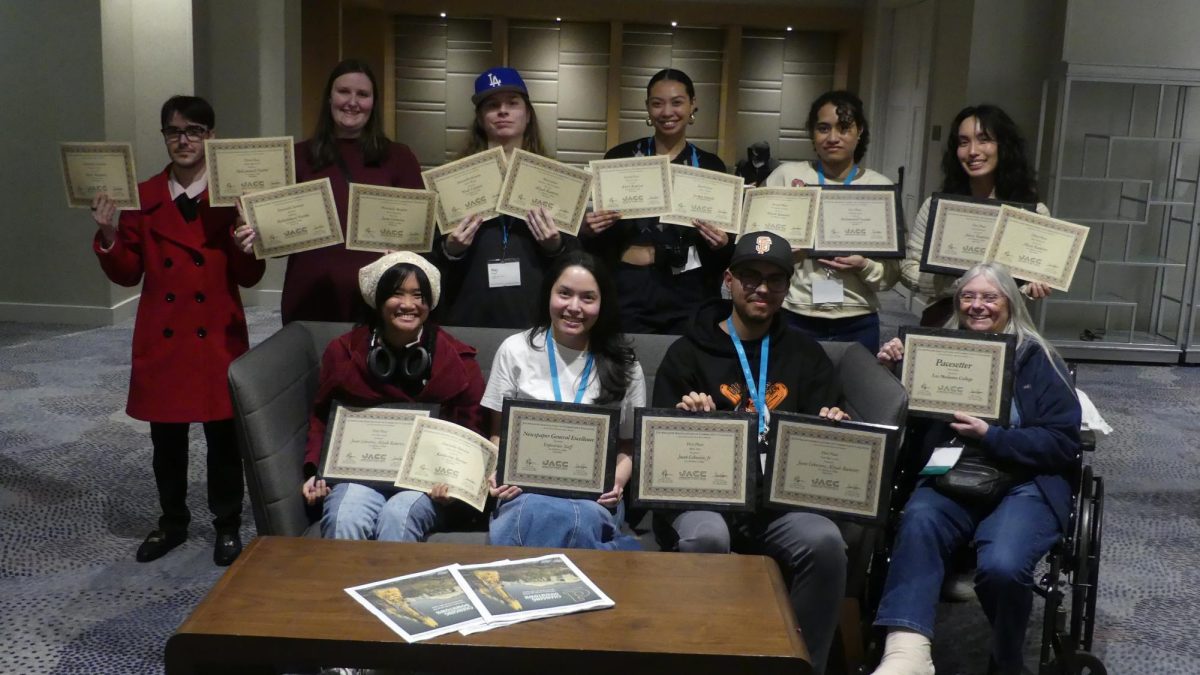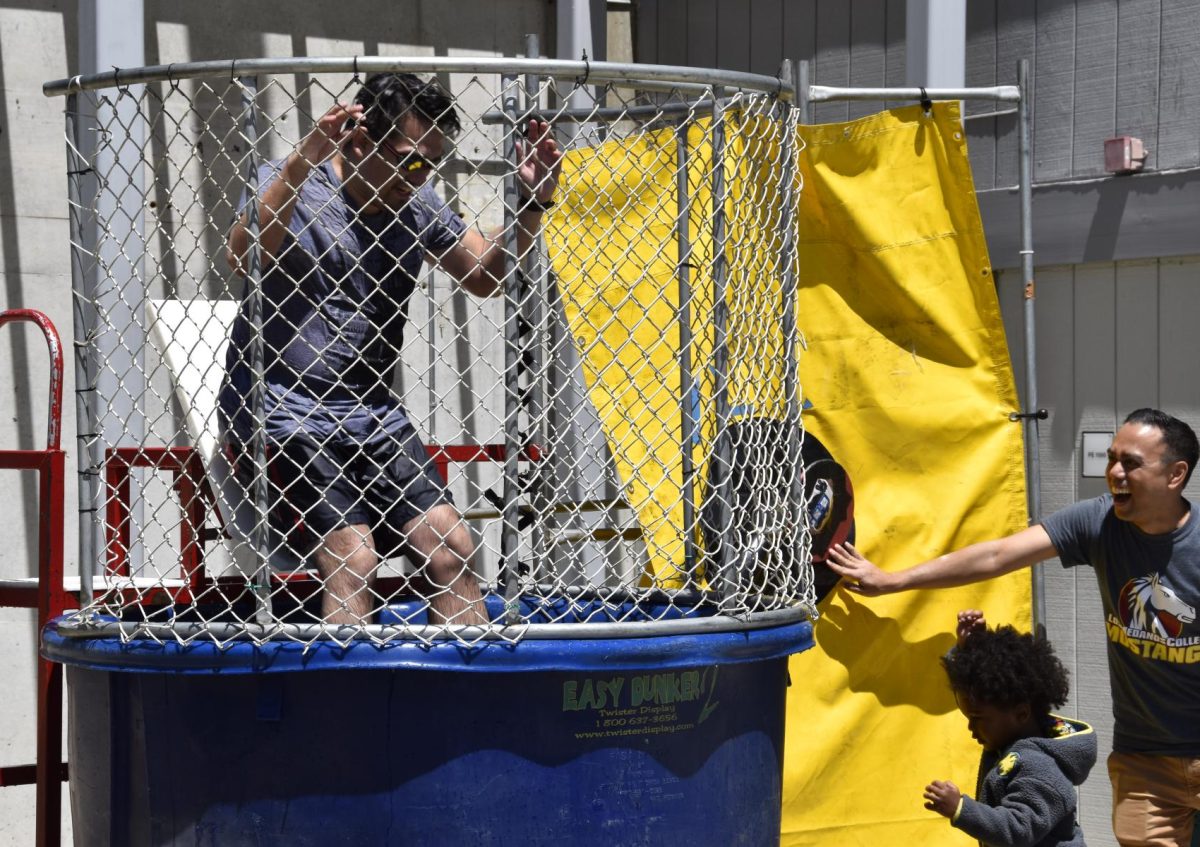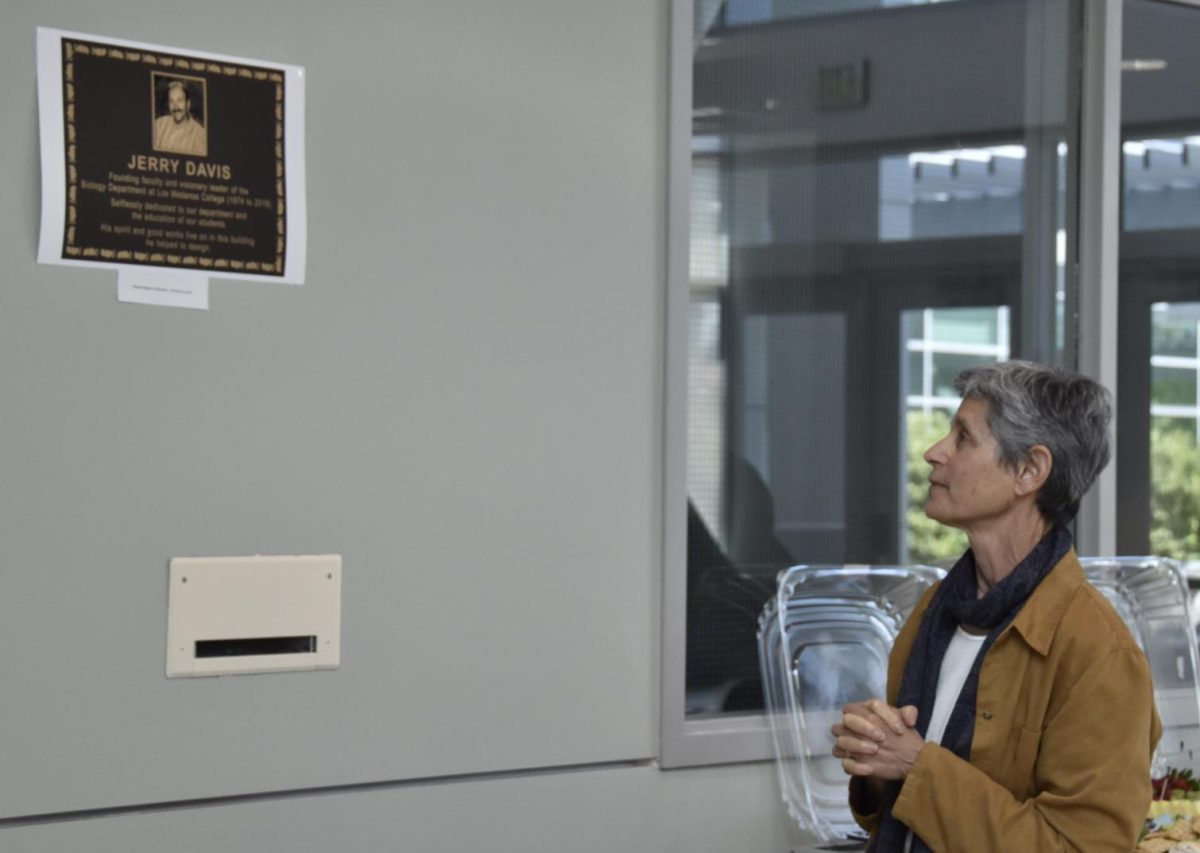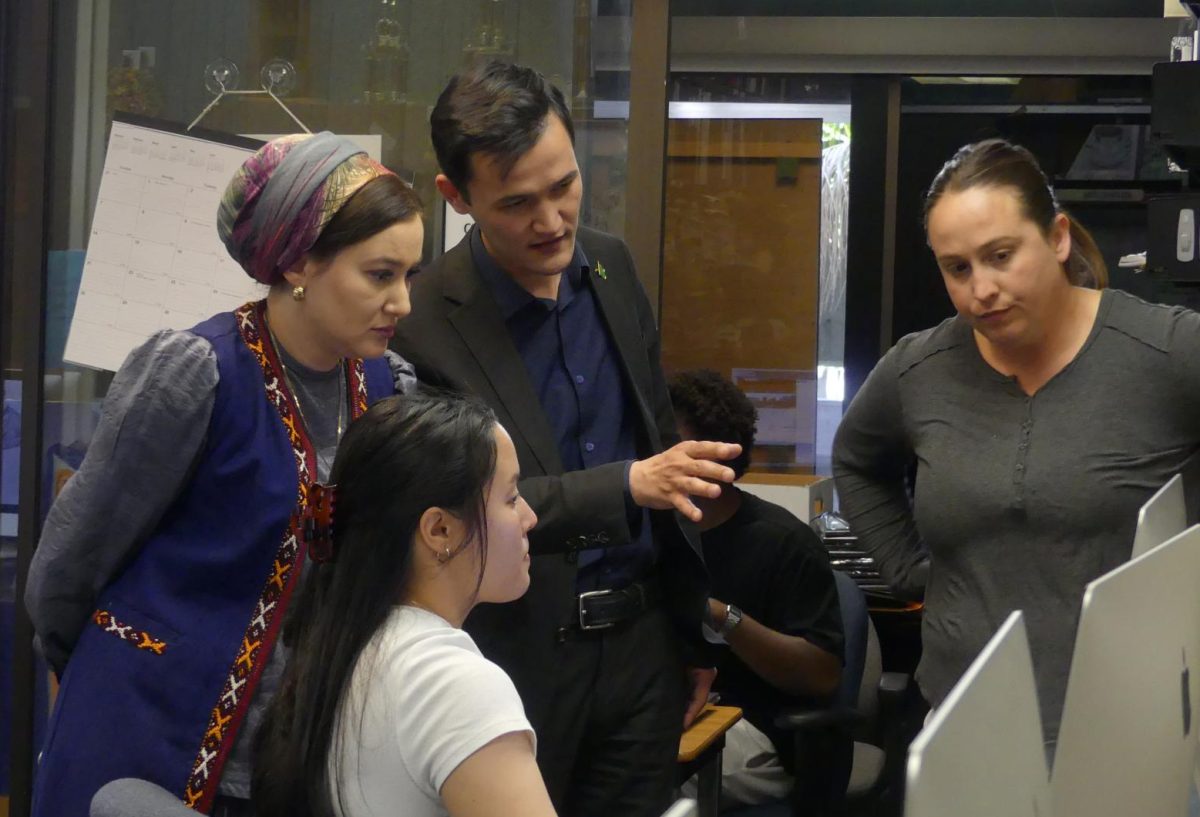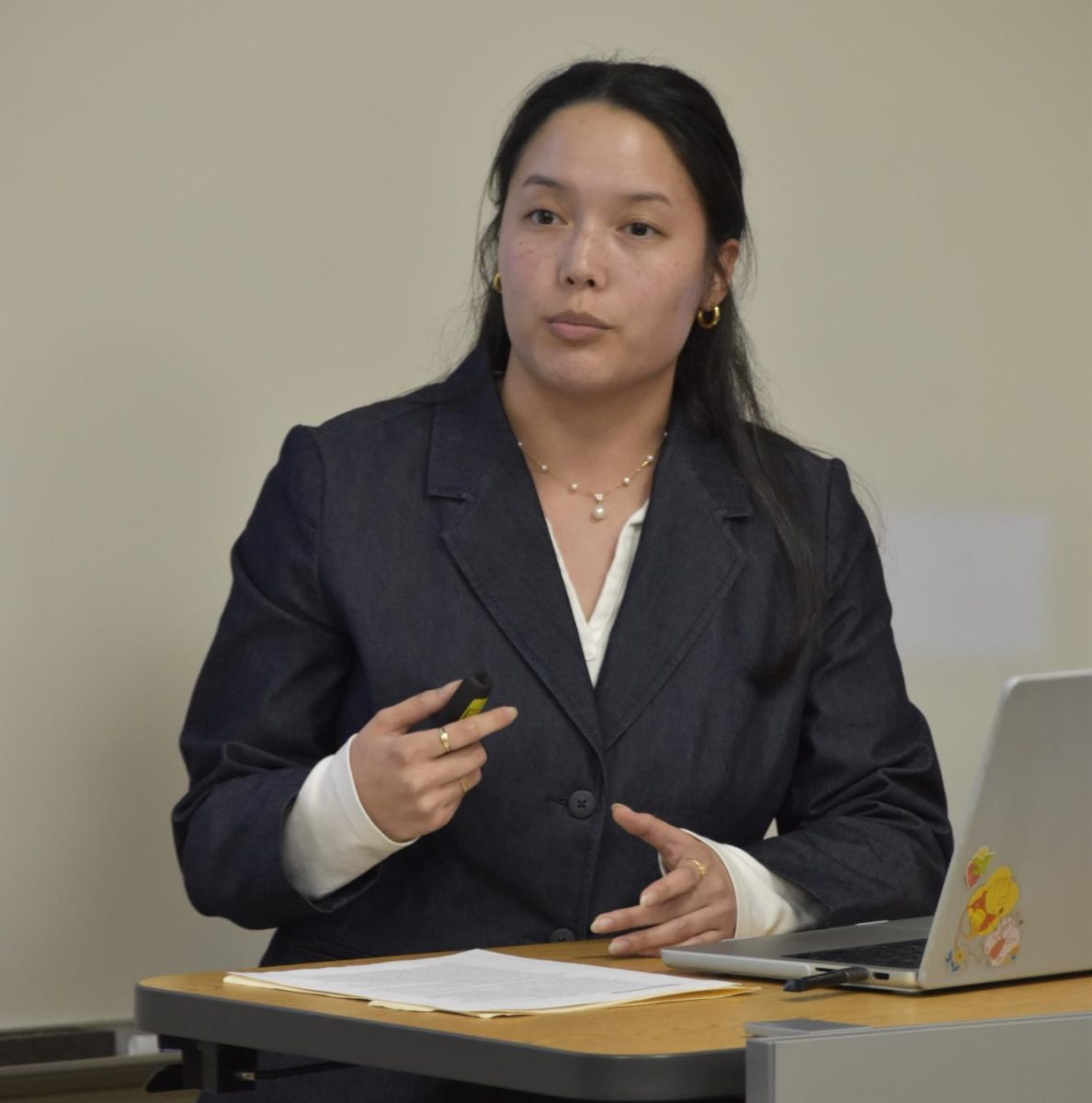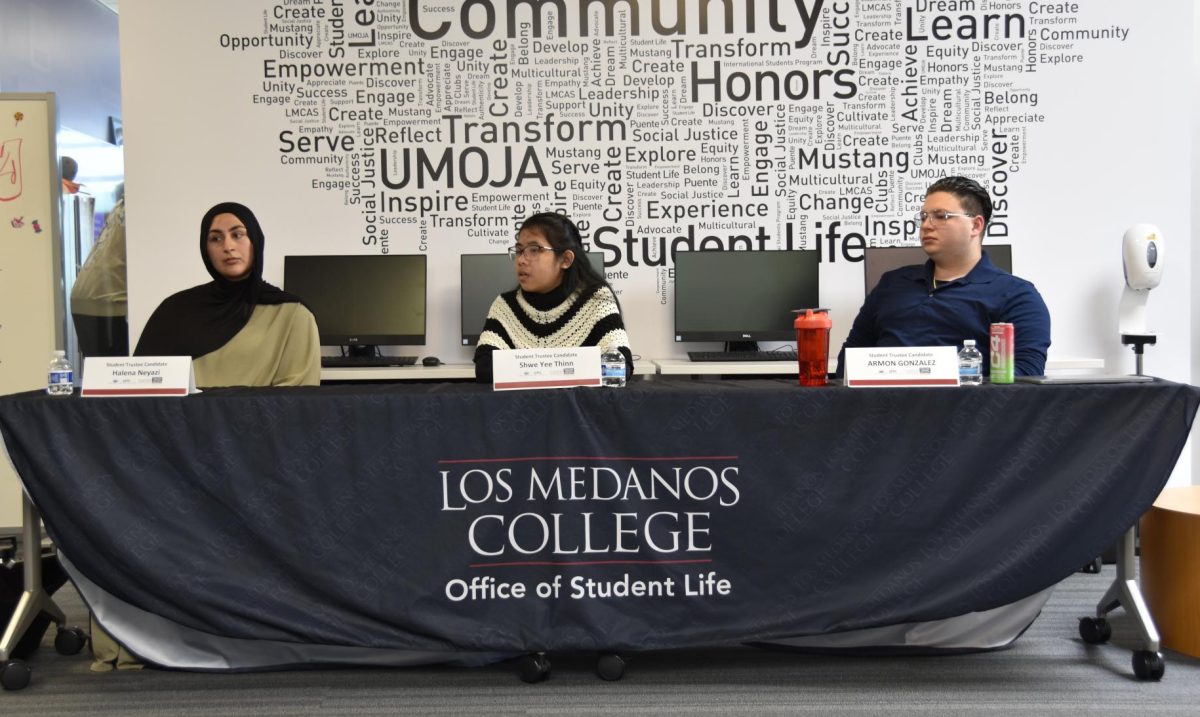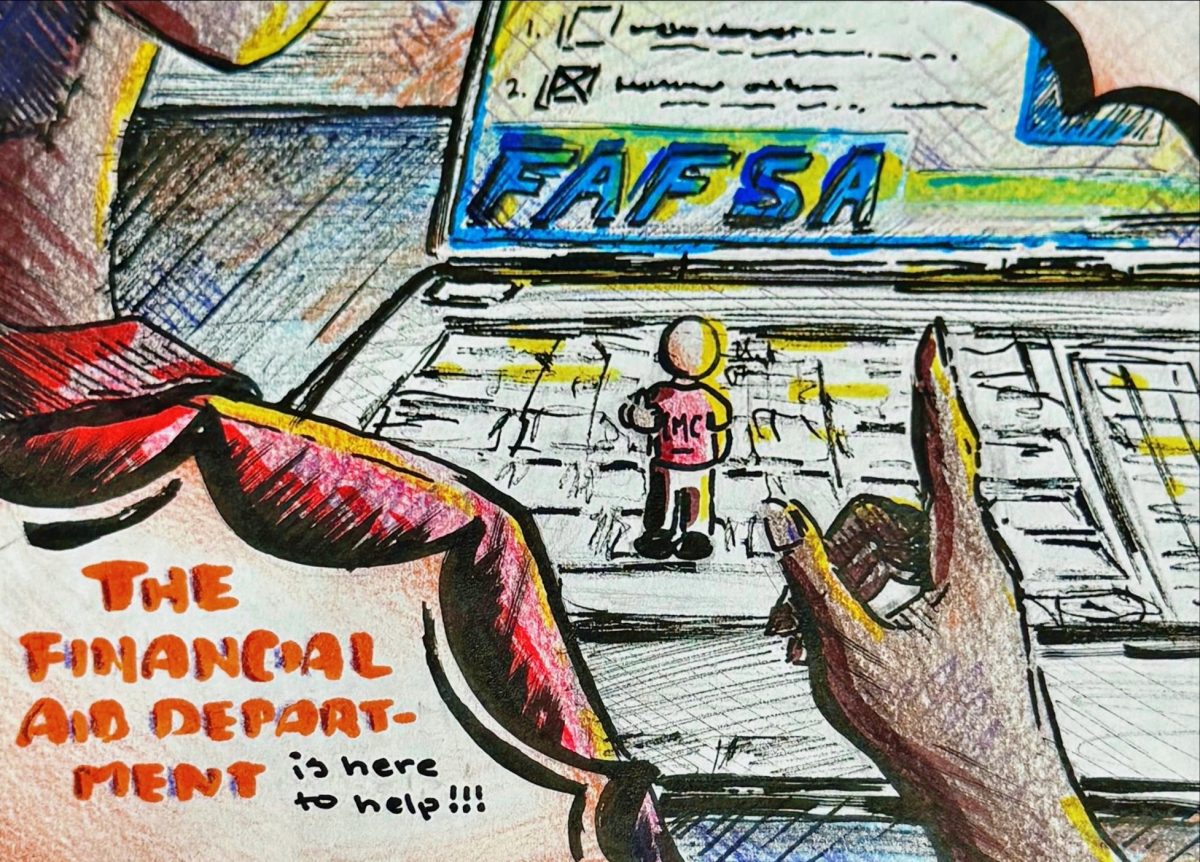Neurons fire and thoughts race from synapse to synapse as new kernels of knowledge are formed within maze- like brains, but is there a way these connections can be made more readily? It is a question professors and students grapple with at Los Medanos College each day of instruction.
At least part of the answer is the atmosphere must be conducive to
learning both inside and outside of the classroom.
“I want to create a safe, respectful, learning environment — for serious students looking to better themselves,” said Drama Professor Nick Garcia.
LMC student Nick Murrella agrees and said students actively par ticipating in class is something that enhances his own learning and that is unlikely to happen if students do not feel comfortable contributing their thoughts.
Helping students feel free to share their perspectives is something that Child Development Professor Janice Townsend also strives for in the classes she teaches.
“My feeling is that the class-room is a learning environment for ever yone, including the teacher. This requires that ever yone feels comfor table par ticipating in class. It is hard to say how one establishes that environment but respect and trust would be key components as well as each person being open to learning and considering new ideas,” said Townsend. “The class should allow students to take risks, to identify what they don’t know and ask each other and the teacher for help and clarification.”
Townsend explained that she tries to both help students step out of their comfort zones while in class as well as keep them from feeling over whelmed by the course work.
“I personally don’t want students to get stressed about my class because I know that hinders their learning, so I tr y to make sure assignments are clear and most we start in class,” said Townsend. “I am also very flexible in how stu- dents do their work as (well as) modifying assignments when it brings more learning to that assignment for the student.”
One of her wishes for students once they complete her classes is that they understand the complexities of the topics addressed and are able to communicate them effectively.
“I hope my students will be able identify the various perspectives and be able to state what they believe or would do and why,” said Townsend, addingthat,toher,“alearning environment allows a student to examine their beliefs, learn the validity of other beliefs and then clarify what they believe and align their actions with their beliefs.”
Murella’s own viewpoint on the classroom resonates with Townsend’s and his thoughts echo a popular adage.
“There really is no such thing as a dumb question—it is only dumb if you don’t ask it,” said Murella.
In class many students may go through something akin to a Shakespearian moment of wondering: to ask or not to ask the question? To Murella the answer is always that students should ask. He explained that a student who is on the fence about asking may have the same question on the tip of their tongue others do or it could be something that no one else would think to ask — a unique perspective that only that student could voice.
His own answer to just ask might ser ve to help LMC students like Syed Rizvi come out of their shells.
“Maybe there is a question Iwanttoask,butIamtooshy to ask but maybe some other student asks it and I get to hear the answer,” said Rizvi.
For LMC student Simone Franklin, students participating in class instead of relying solely on the professor’s instruction — is something that helps her to learn as well. To Franklin when other students interact with the professor it makes it easier to learn because the comments of other students might help highlight unintended gaps in the instruction. Another thing that Franklin enjoys is when professors assign group projects.
However, all three students also agreed that not everything students say in class is helpful when it comes to learning. For Franklin and Murella one issue is when students go off on tangents that are unrelated to the current class discussion.
Overallclassvolumeisalso problematic to LMC student Syed Risvi — if it reaches a point to where he cannot hear the instructor. One thing that contributes to this is something Townsend and English Profes- sor Jennifer Blackman aluded to — the concept of sidebar conversations, which Blackman refers to as over-talking.
LMC student Stefany Fuen- tes has a suggestion for teachers on the issue of sidebar conversations.
“If it is regarding the subject, I wish instructors would get them to share it with the class. If not I wish instructors would ask them to step outside because it is distracting,” said Fuentes.
Another issue Blackman has experienced is students moving around the classroom inappropriately. She shared that in the past she has even had students get up and walk across the room, while she was lecturing, to talk to stu- dents on the other side of the classroom about unrelated things. Behavior like that is something she chalks up to immaturity because it shows the student has failed to realize it is not acceptable to act that way in a classroom.
Art Professor Ken Alexander said students packing up in anticipation of being released can make it harder for them to learn because the sound of them moving and shifting can eclipse any final instructions professors might have for their students.
“I insist that they stay calm until they hear the magic words,” said Alexander. “The reason is that you (the professor) want to set them off in the right way to make sure the last words they hear from you will help them to prepare and ponder.”
As a student, Franklin might agree packing up before class is one of the many distractions that leads to students missing impor tant details like when homework is due, the date of the quiz or what is needed for the next class meeting.
Alexander added that when professors have to fight to make these kind of things heard it not only makes a professor’s job harder, but it is students who can ultimately end up paying the price.
Blackman and Math Professor Erich Holtman shared some
things that helped them to learn when they were students and perhaps it is not surprising many of their experiences apply today.
Holtman said he was most engaged in classes with interesting subject matter and where professors made use of demonstrations.
For Blackman it was that coursework became more alive if she interacted with classmates.
“I appreciated the opportunity to collaborate with other students,” she said.
Her thoughts tie directly into a concept that Townsend uses in her approach to teaching. Townsend said she factors in the collective life experiences of students and the education they received prior to to her class.
“It is impor tant that the classroom fosters students learning from each other,” said Tonwnsend. “Students have far more collective knowledge/wisdom than I do. I just hold the container and help stu- dents make connections by scaf folding critical thinking and creating the framework for the conversation.”
Blackman has found that when students do not feel a sense of connection to the other students it impairs their ability to learn. In her experience both as an instructor and as a former student, “If a sense of security isn’t there in the classroom it makes it hard to learn,” she said, adding that, “a feeling of isolation like you are not part of the group,” is uncomfor table.
Her sentiments were echoed by Rizvi.
“IfIdon’tknowanyoneelse in the classroom. I am very reluctant to ask anyone for help,” he said.
To help counter these kind of difficulties Holtman has his class do activities which help draw students together.
“I especially like think, pair and share,” said Holtman. “I give them a question to think
about then share the question and compare their answers.” However, Holtman and
Blackman both have found that students coming to class when they are not prepared to learn makes it is harder for them to effectively teach students.
“Students missing class or coming in late or not completing the homework,” presents a challenge to both teaching and learning. And, he said, not completing homework can turn into a vicious cycle.
“Not doing the work builds on itself. If students haven’t done the previous assignment – it is hard for them to do the next,” said Holtman.
For Blackman when students arrive to class without the tools they need for learning to occur — books, binders or pens and pencils — they become distracted and also disturb those around them either because they’re not motivated to learn or because they have to ask for paper or pen, or to share a book.
LMC student Michael Kintscher also believes that if students come to class when they lack the materials they need it will hinder their ability to learn and could lead them to interfere with the ability of those around them to learn.
“It would make it harder for them to follow along at least, and would give them more opportunity to become distracted,” said Kinstcher.
For Rizvi, students coming to class without educational necessities can impact students others by robbing them of the ability to help others. For example, he said, there are timesstudentsmissthings, while taking notes so being able to ask another student after class for what was missed is helpful. If other students are unable to take notes in the first place there is no way to get help from them.
“If someone misses something and I have it in my notes I share it with them to help
that student out because that is what makes a good learning environment for me,” said Rizvi.
The issue of punctuality is something Fuentes raised be- cause it makes it harder for that student to learn, and because the late arrival disturbs those who arrived on time.
One issue Blackman found problematic as a student, was when instructors had inaccu- rate assumptions about what students already knew or comprehended from a lecture. Murella wishes professors wouldn’t perpetuate this issue at LMC and suggests what he calls “periodic check-ins” with the class to make sure everyone is following along.
Both he and Fuentes expressed a desire to be able to reach professors out of class.
“I expect instructors to be as available as possible so students can get clarification,” said Murella.
Fuentes appreciates out- side-the-classroom discussions for similar reasons.
“I like when they have office hours and when you can email them for their opinion real quick when you can’t talk to them in person,” said Fuentes.
When students engage with professors like this they exhibit behaviors that show a strong desire to learn—something Garcia refers to as being a serious student.
“My goal is to offer the same rigor of the same class that students would take at one of the universities – to offer the same course that students would find at a university at one tenth of the price,” said Garcia.
He summed up this drive to createalearningenvironment like that at LMC with a philos- ophy that students and faculty members alike may find simple to understand, yet profound in its implications: “I want to give students the highest level of education possible so they can better their lives because they’re my future and that is the world I want to live in.”

